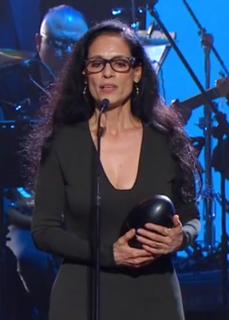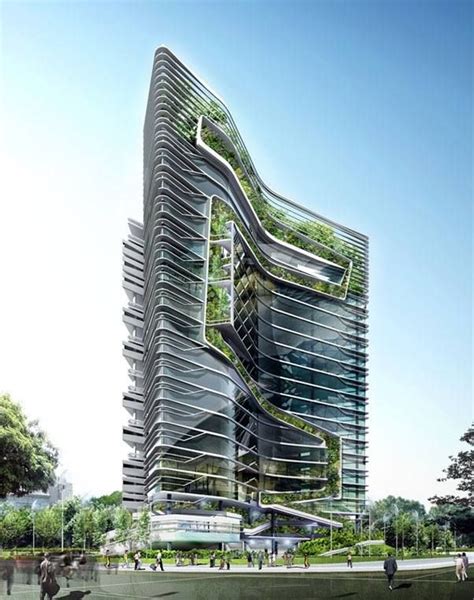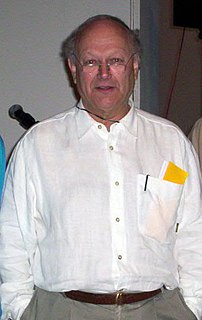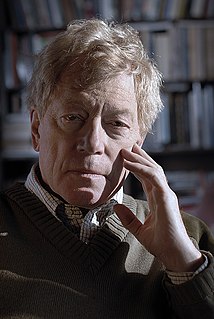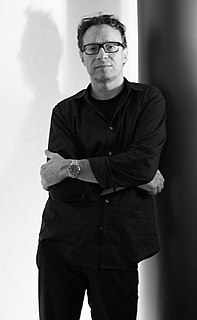A Quote by Minoru Yamasaki
I want to do very useful buildings and I would like to find a method of producing these buildings through our technology because I think that this is the only way that we will gain wonderful environment easily in the future.
Related Quotes
There was a time in our past when one could walk down any street and be surrounded by harmonious buildings. Such a street wasn't perfect, it wasn't necessarily even pretty, but it was alive. The old buildings smiled, while our new buildings are faceless. The old buildings sang, while the buildings of our age have no music in them.
I think green buildings are extremely important but it's only part of the equation. A lot of people think that if I put a green building everything is going to be fine, but actually it's not just the green buildings we need, but green businesses, green governments, green economics. We have to extend the greening of buildings to our business and our lifestyles - that is the most important thing to do next.
I'm very interested in buildings that adapt to changes in climatic conditions according to the seasons, buildings capable of responding to our physical and psychological needs in the way that clothing does. We don't turn on the air-conditioning as we walk through the streets in high summer. Instead, we change the character of the clothing by which we are protected. Layering and changeability: this is the key.
There are hundreds of Frank Lloyd Wright buildings around the United States and in other countries, too. Wright lived into his 90s, and one of his most famous buildings, the Guggenheim Museum in New York, was completed just before his death. Wright buildings look like Wright buildings - that is their paradox.
It is not possible to make great buildings, or great towns, beautiful places, places where you feel yourself, places where you feel alive, except by following this way. And, as you will see, this way will lead anyone who looks for it to buildings which are themselves as ancient in their form, as the trees and hills, and as our faces are.
I think that in a weird way, as technology gets more sophisticated, people have become less aware of it. It's become part of our day to day life. We're seeing large-scale projection mapping, like on buildings. There's video everywhere. It's much less noticeable that we're actually looking at technology.

